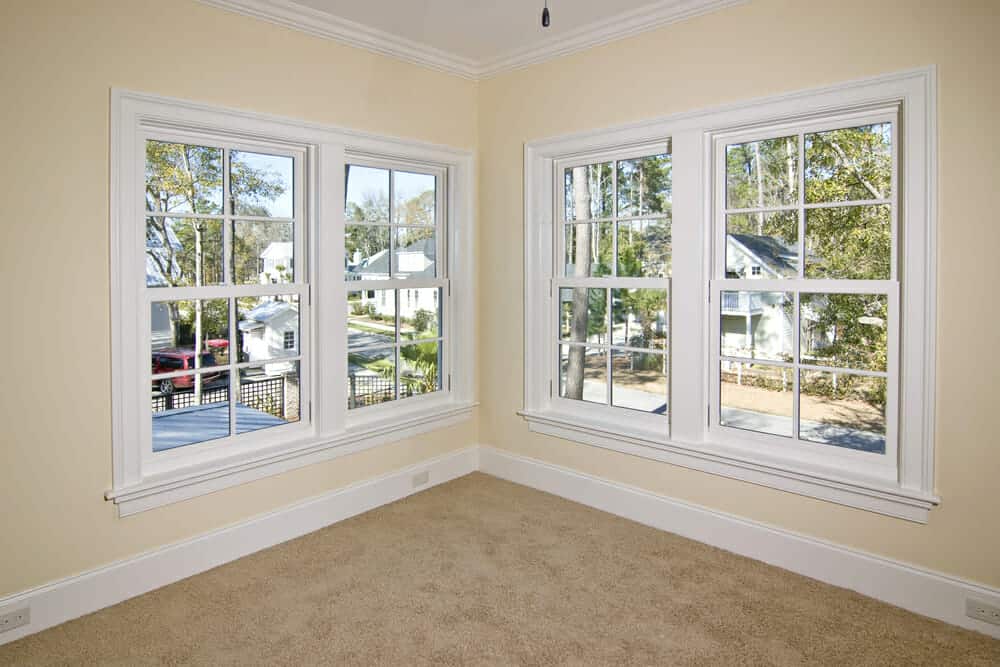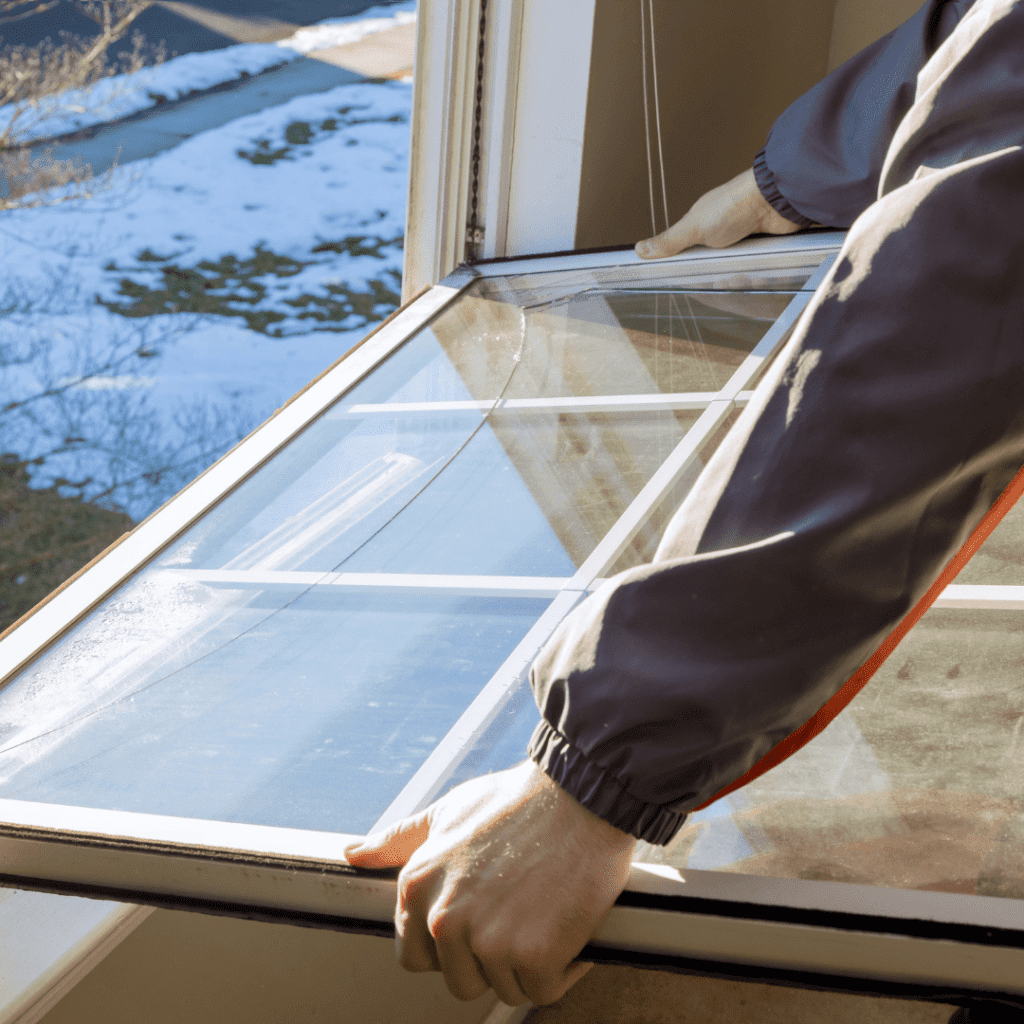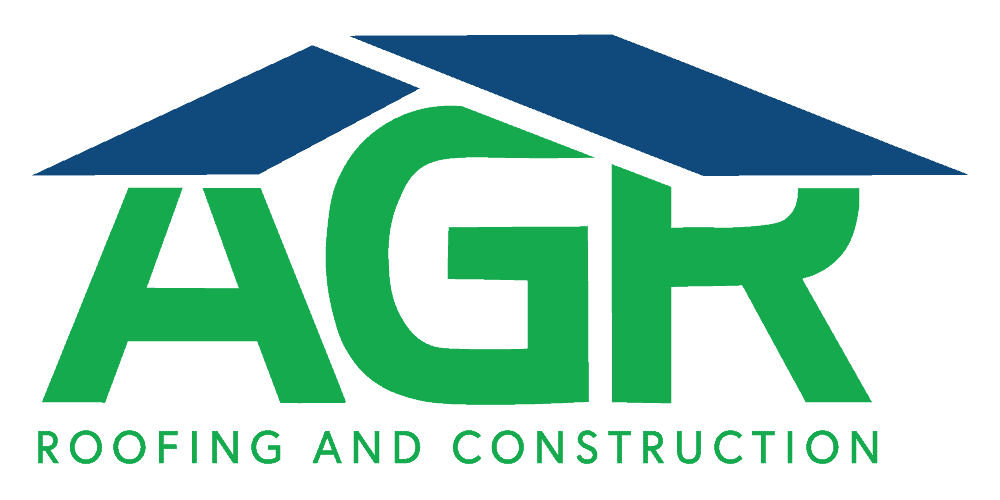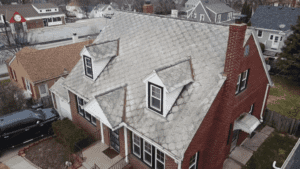The window is an important piece of the design of a home. They not only serve as a means to bring in natural light but also play a crucial role in the overall aesthetics, ventilation, and energy efficiency of your dwelling.
When considering which window style is the best fit for your home, it’s important to take into account various factors, from design preferences to practical needs. In this guide, we will share a variety of window types and delve into the aspects you should consider when choosing the right windows for your home.

Understanding Window Styles
Windows come in various styles, each with its unique characteristics and design appeal. Here are some popular window styles to consider:
● Double Hung Windows: They are among the most common window styles, prized for their classic appearance and versatility. This design comprises two sashes that move vertically within the frame. This design allows both the top and bottom sashes to be opened, offering excellent control over ventilation.
By adjusting both sashes, you can create cross-ventilation, which is highly effective in cooling your home during warm seasons. Double-hung windows also come with energy-efficient options, such as those with insulated frames and low-E glass to help regulate indoor temperatures.
● Single Hung Windows: This window shares a similar design with double hung windows, but they have one fixed sash and one that slides vertically. The fixed sash is usually at the top of the window, while the sliding sash is at the bottom. While they provide less ventilation control compared to double-hung windows, they are still an excellent choice for homes.
To maximize ventilation, you can open the sliding sash, allowing fresh air to enter from the bottom while the fixed sash remains closed. This setup is particularly effective for ground-level windows, as it maintains security while allowing airflow.
● Casement Windows: Casement windows are hinged on one side and open outward like a door. These windows are known for their airtight seal when closed, making them highly energy-efficient.
When opened, they allow a generous amount of fresh air to enter your home, ensuring excellent ventilation. Due to their single-pane design, casement windows offer unobstructed views, which can be a valuable feature if you have a scenic view from your home. You can further enhance their energy efficiency by opting for casement windows with double or triple glazing, which provides superior insulation.
● Awning Windows: Awning windows are hinged at the top and open outward from the bottom. They are an ideal choice for areas where ventilation is crucial, such as bathrooms and kitchens. When opened, they create a small canopy that prevents rain from entering, allowing you to keep them open during light rain showers without worrying about water intrusion.
This feature makes awning windows a practical and energy-efficient choice, as they enable you to refresh your home’s air without compromising on weather protection. Additionally, they can be equipped with energy-efficient glass to enhance insulation and reduce heat loss.
● Slider Windows: Sliding windows feature sashes that glide horizontally, making them a superb option for residences with restricted vertical space. They are easy to operate and provide a contemporary look to your home. While ventilation control may not be as precise as with double-hung or casement windows, sliders still offer adequate airflow when both sashes are open.
Their design is particularly convenient for areas where you want to optimize the view, as the horizontal motion does not obstruct the scenery. Energy efficiency can be achieved by choosing high-quality, insulated slider windows.
● Bay and Bow Windows: Bay and bow windows are known for their stunning appearance and ability to create a focal point in a room. They protrude from the exterior wall, offering panoramic views and often serving as seating areas or additional shelf space.
The design of these windows allows for ample natural light to flood your home, enhancing its energy efficiency. While they are not open for ventilation like some other styles, they can be paired with operable windows, such as casements or double-hung windows, to maintain airflow. When considering energy efficiency, selecting energy-efficient glass for the operable windows is crucial.
● Picture Windows: Picture windows remain stationary, offering expansive, unobstructed views and abundant natural light, typically found in living rooms and bedrooms where ventilation isn’t the top priority.
Nevertheless, they contribute significantly to enhancing energy efficiency by welcoming daylight and reducing the reliance on artificial lighting during daylight hours. To address ventilation needs, you can complement picture windows with operable window types in adjacent spaces.
● Garden Windows: Garden windows are small, box-like windows that extend outward from the wall. They are ideal for displaying plants and herbs, and they are commonly found in kitchens. While they may not provide extensive ventilation due to their small size, they can contribute to energy efficiency.
By placing energy-efficient glazing on the glass and ensuring proper insulation, garden windows can help maintain a comfortable indoor temperature while adding charm to your kitchen.
● Skylight Windows: Skylights are installed in the ceiling and allow natural light to flood the room. They are an excellent choice for rooms with limited wall space and can create a sense of openness. While skylights do not offer ventilation themselves, they can be paired with operable windows in the room to allow for airflow.
When considering energy efficiency, opt for skylights with low-E coatings and thermal breaks to minimize heat transfer, ensuring that your home remains well-insulated.

Materials Matter
The choice of window frame materials also significantly affects the window’s performance, aesthetics, and maintenance requirements. Here are some common window frame materials to consider:
● Wood: Wood frames provide a classic, timeless look, and excellent insulation. However, they require regular maintenance to prevent rot and warping. They are often chosen for their aesthetic appeal in historic or traditional homes.
● Vinyl: Vinyl frames are cost-effective, low-maintenance, and provide decent insulation. They are resistant to rot and insect damage. However, they may not have the same aesthetic appeal as wood or other materials.
● Fiberglass: Fiberglass frames are strong, durable, and low-maintenance. They provide good insulation and are suitable for various architectural styles. Fiberglass can be painted to match your home’s exterior.
● Aluminum: Aluminum frames are lightweight, strong, and resistant to corrosion. However, they are not as energy-efficient as other materials and may not be ideal for extremely cold or hot climates.
● Composite: Composite frames combine the best features of various materials. They are low-maintenance, have good insulation properties, and can mimic the look of wood without the same maintenance requirements.
Wrapping Up
Choosing the right windows for your home is a multifaceted decision that goes beyond aesthetics. It involves an understanding of your home’s architectural style, natural light requirements, ventilation needs, energy efficiency goals, and maintenance preferences.
Take your time to explore the various window styles and materials available, and don’t hesitate to consult with professionals to ensure you make the best decision.





